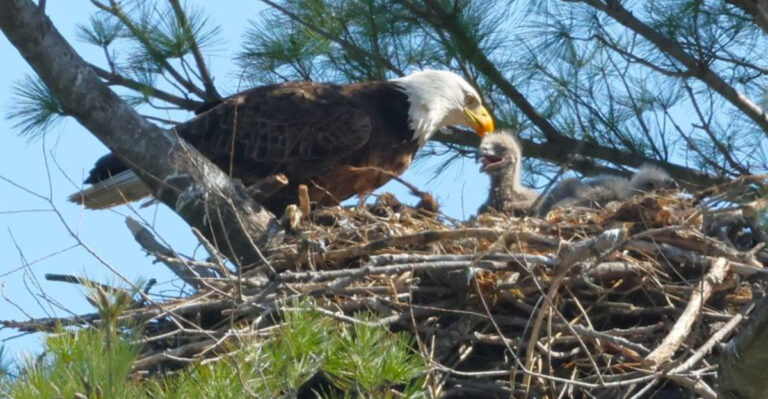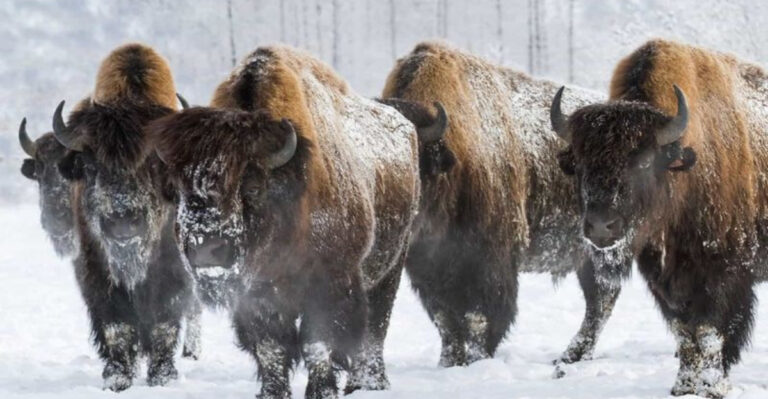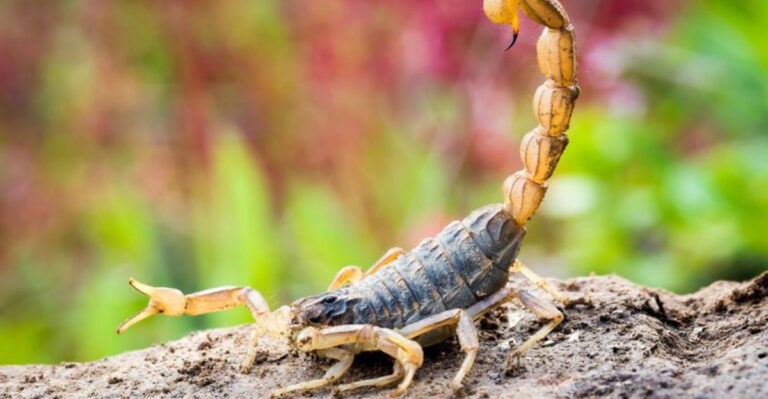How Long Do Butterflies Live?
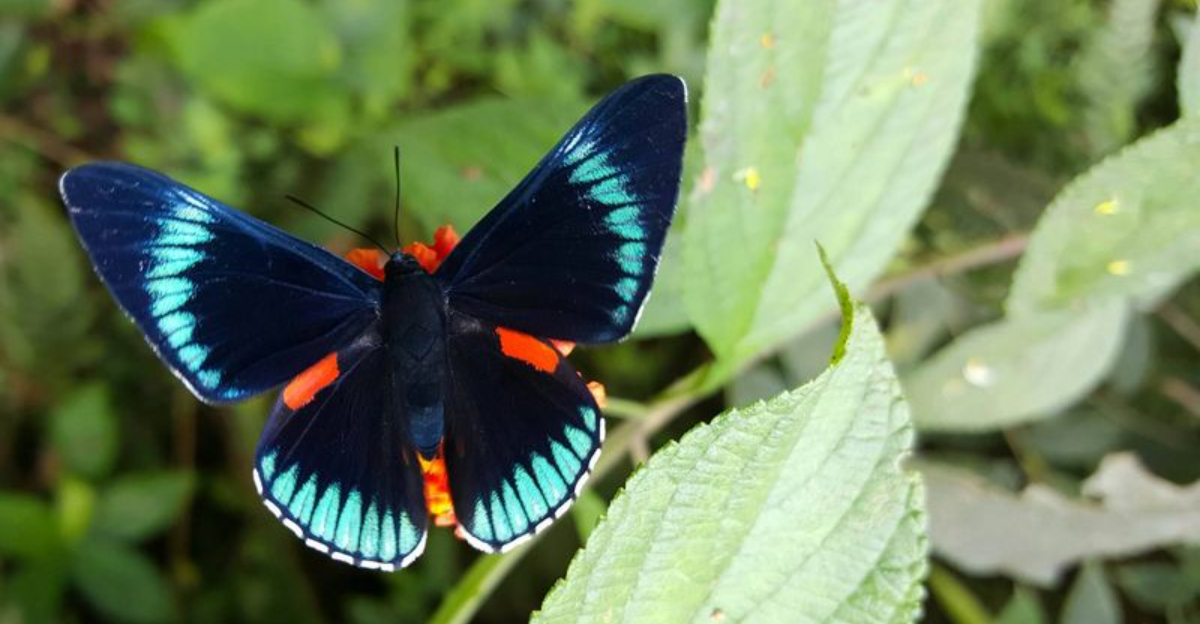
Butterflies, those delicate and vibrant creatures fluttering around gardens and fields, captivate us with their beauty and grace. But how long do these ephemeral beings actually live?
The lifespan of butterflies varies widely among species and is influenced by multiple factors, including their environment, diet, and biological characteristics.
Today, we delve into the fascinating world of butterfly longevity, uncovering the mysteries of their life cycle and what impacts their time on Earth.
From understanding their average lifespan to discovering the oldest butterflies ever recorded, we provide an engaging insight into the life story of these enchanting insects.
1. What Is The Average Lifespan Of A Butterfly?
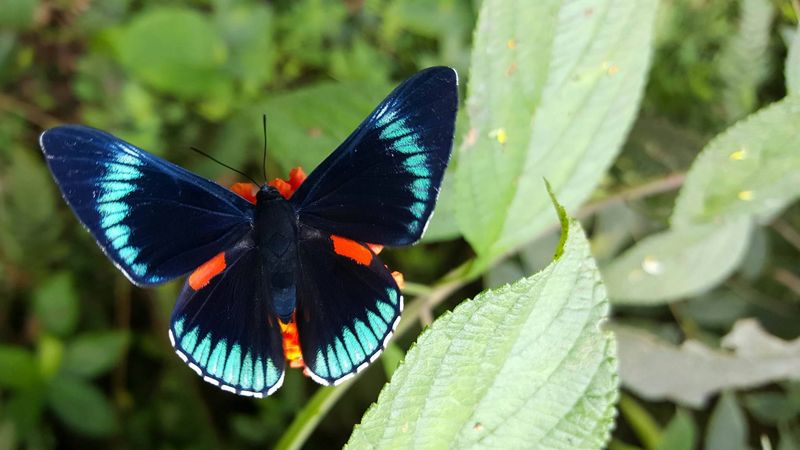
The average lifespan of a butterfly can range from just a few weeks to several months, depending on the species. Most common garden butterflies, like the cabbage white, live for only a few weeks.
On the other hand, some species, such as the monarch butterfly, have a more extended life span. Monarchs can live up to nine months, especially those in migratory populations.
This longevity is primarily due to their incredible migration journey, which requires them to fly thousands of miles to find suitable overwintering sites. During this period, they enter a state known as reproductive diapause, essentially pausing their reproductive cycle to conserve energy.
The environmental conditions, availability of food, and predation risks also significantly influence a butterfly’s lifespan. Ideal conditions can extend their life, but harsh weather, lack of food, or predators can cut it short.
Butterflies undergo several life stages, from egg to larva (caterpillar), pupa (chrysalis), and finally adult. Each stage’s duration varies, contributing to the overall life expectancy. Understanding these factors gives us valuable insights into the butterfly’s enchanting but often brief journey through life.
2. What Affects A Butterfly’s Life Span?
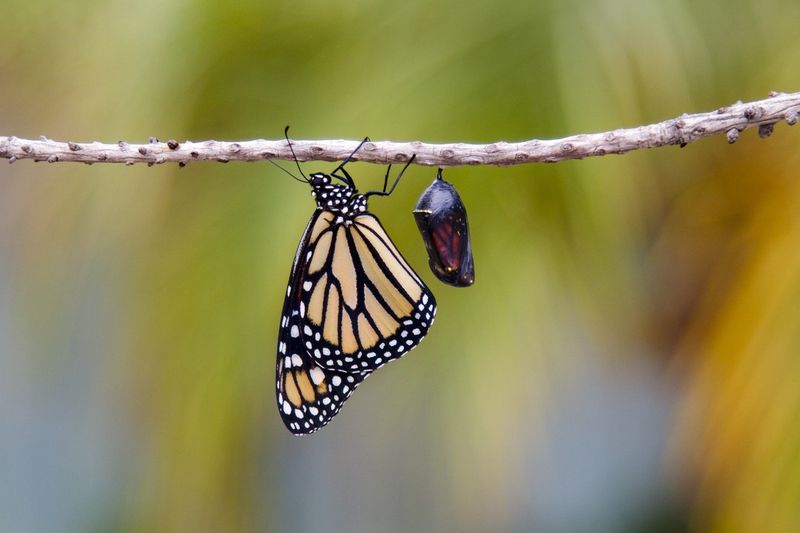
Several factors intricately weave together to determine how long a butterfly will live. One of the primary influences is the species itself; different species have varying natural life spans.
For example, the painted lady butterfly typically lives for two to four weeks, while the long-lived mourning cloak can survive for ten months or more. The environment plays a crucial role, too.
Butterflies thriving in temperate climates often live longer due to milder weather conditions and ample food supply. Predation is another significant factor; many butterflies fall prey to birds, spiders, and other predators, which can drastically shorten their life span.
Moreover, the availability of suitable host plants is essential for the larvae stage. Without these, caterpillars may not develop properly, impacting the butterfly’s survival.
Additionally, human activities, such as habitat destruction and pollution, pose substantial threats to their populations. Climate change further exacerbates these challenges by altering habitats and food sources.
Understanding these factors helps conservationists devise strategies to protect these delicate creatures, ensuring they continue to enchant future generations with their colorful dances.
3. How To Tell How Old A Butterfly Is?
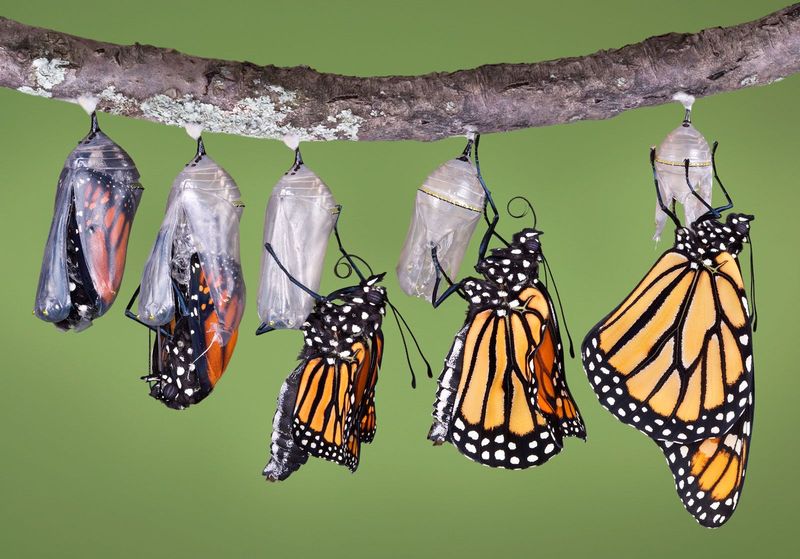
Determining the age of a butterfly is not a straightforward task, but certain clues can help. One common method is to observe the condition of their wings. Young butterflies typically have pristine, vibrant wings with no visible damage.
As they age, their wings may show signs of wear and tear, including frayed edges, faded colors, or small holes. These imperfections often result from their interactions with the environment or encounters with predators.
Additionally, the behavior of a butterfly can provide hints about its age. Older butterflies might be less active and more prone to resting, while younger ones are usually more vibrant and energetic. However, these observations aren’t foolproof, as factors like weather conditions can also affect a butterfly’s appearance and activity levels.
Despite these challenges, scientists continue to study these fascinating creatures to better understand their life cycle and longevity. For enthusiasts, observing butterflies can be a delightful way to connect with nature, providing insights into the delicate balance of life in the insect world.
4. What Is The Oldest Age Of A Butterfly?

The oldest known age of a butterfly is fascinating, particularly when considering the fossil records. While living butterflies rarely exceed a few months, fossilized specimens provide a glimpse into their ancient past.
Remarkable discoveries of butterfly fossils, some dating back millions of years, show that these creatures have been fluttering around since the time of the dinosaurs. One of the most famous examples includes a 48-million-year-old fossil found in the Messel Pit, Germany, perfectly preserved in amber.
These fossils reveal that butterflies have undergone significant evolutionary changes, adapting to survive through various eras. Their longevity as a species is a testament to their ability to adapt and thrive. While individual butterflies may not live long, their species’ resilience ensures their continued existence.
This ancient lineage highlights the importance of conservation efforts, as preserving their habitats and understanding their ecological role helps protect these timeless insects for future generations to admire and learn from. Studying their evolution provides valuable insights into the history of life on Earth and the intricate web of ecosystems.
5. What Butterfly Lives The Longest?
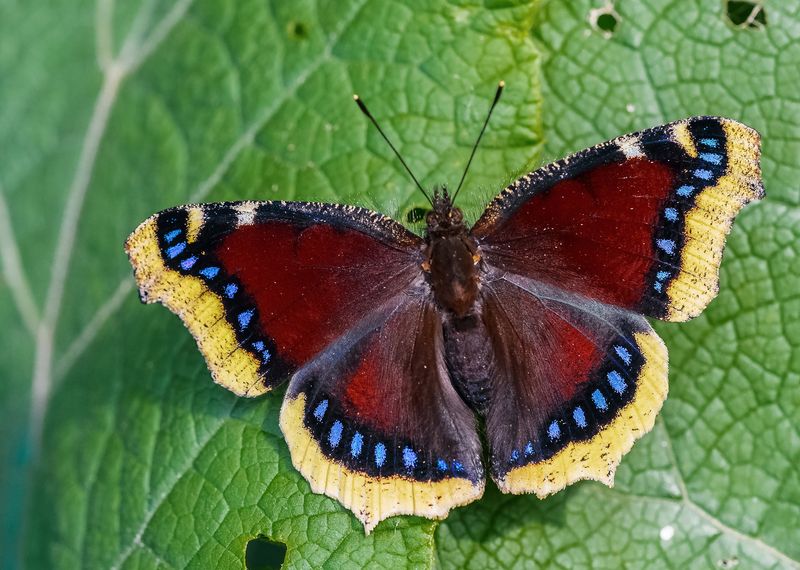
Among all butterfly species, the Mourning Cloak holds the title for the longest lifespan in North America and ranks as one of the longest-living butterflies globally.
These remarkable insects can survive as adults for nearly a year and are found in both North America and Eurasia. During the winter, the Mourning Cloak enters a state of hibernation, often seeking refuge in tree cavities or beneath loose bark on the ground, where they are sheltered by snow.
They are known to emerge from hibernation even before the last traces of snow have disappeared, making them one of the earliest butterflies to grace the spring landscape.
While they are primarily non-migratory due to their hibernation habits, some studies suggest that a segment of the North American population may undertake a southern migration.


